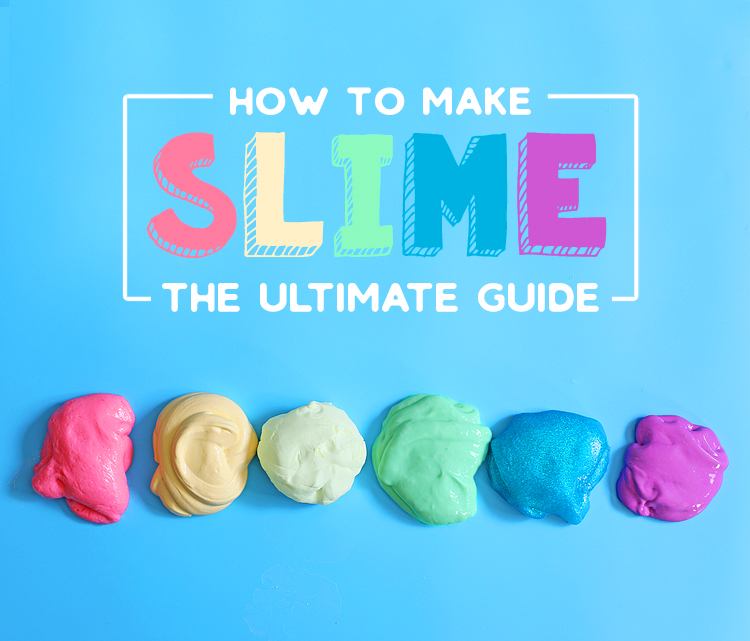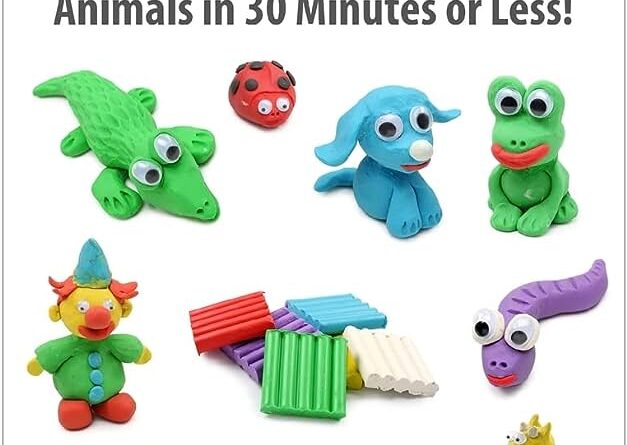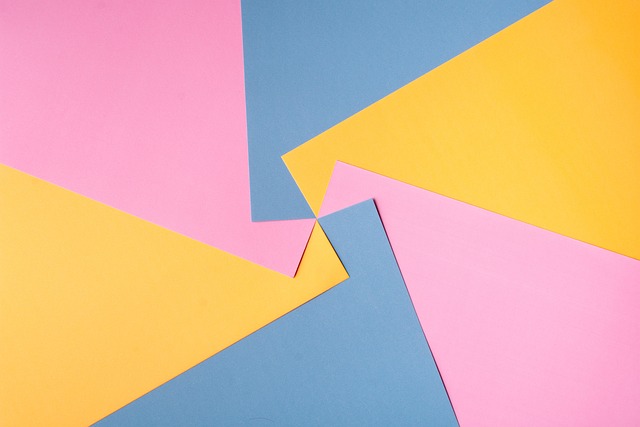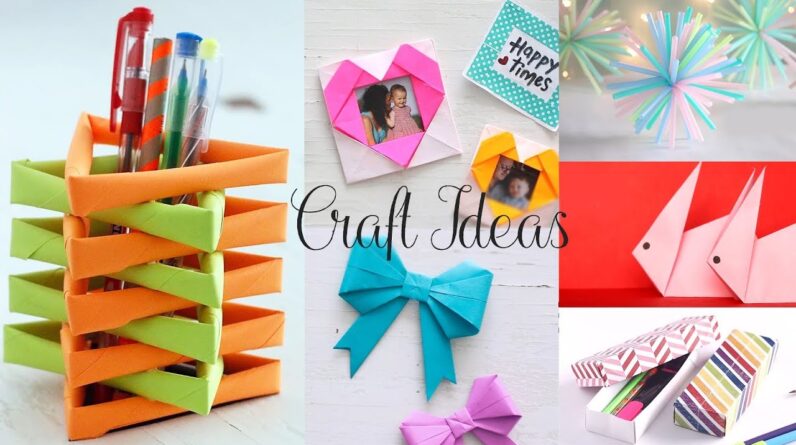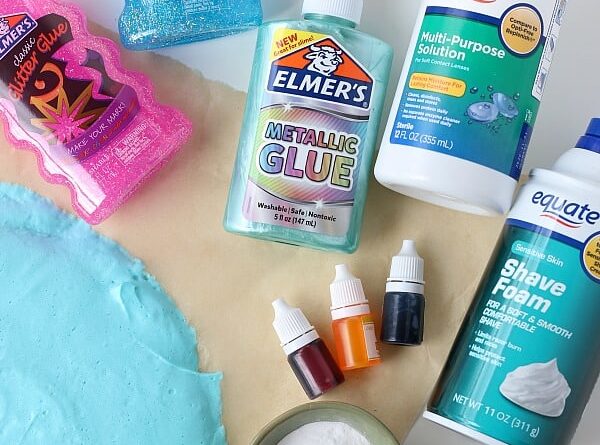
Have you ever wondered what slime is and how to make it? Slime has become a popular trend, with people of all ages enjoying the gooey and stretchy fun it offers. But what exactly is slime and how can you make it? In this article, we’ll delve into the world of slime, exploring its fascinating properties and providing you with simple step-by-step instructions on how to make your own slime at home.
Slime is a unique substance that is both a liquid and a solid. It has a viscous texture and can be stretched, pulled, and molded into different shapes. There are various types of slime, each with its own unique characteristics. Some slimes are sticky and oozy, while others are fluffy and soft. The ingredients used to make slime are typically household items that can be easily found in your kitchen or at a local store.
In the upcoming article, we’ll walk you through the process of making slime, providing you with detailed instructions and tips along the way. From choosing the right ingredients to mixing them together, you’ll learn how to create your very own batch of slime. So stay tuned and get ready to dive into the world of slime-making fun!
Table of Contents
What is Slime and How to Make It
Slime has become a popular sensory toy and DIY activity for both children and adults alike. Its gooey texture and endless possibilities for creativity and imagination make it a fascinating substance to play with. In this article, we will explore what slime is, its different types, properties, and how to make it at home. We will also discuss safety precautions, benefits of slime, alternative slime recipes, troubleshooting tips, frequently asked questions, slime workshop ideas, and its presence in pop culture. So let’s dive into the world of slime and discover its wonders together!
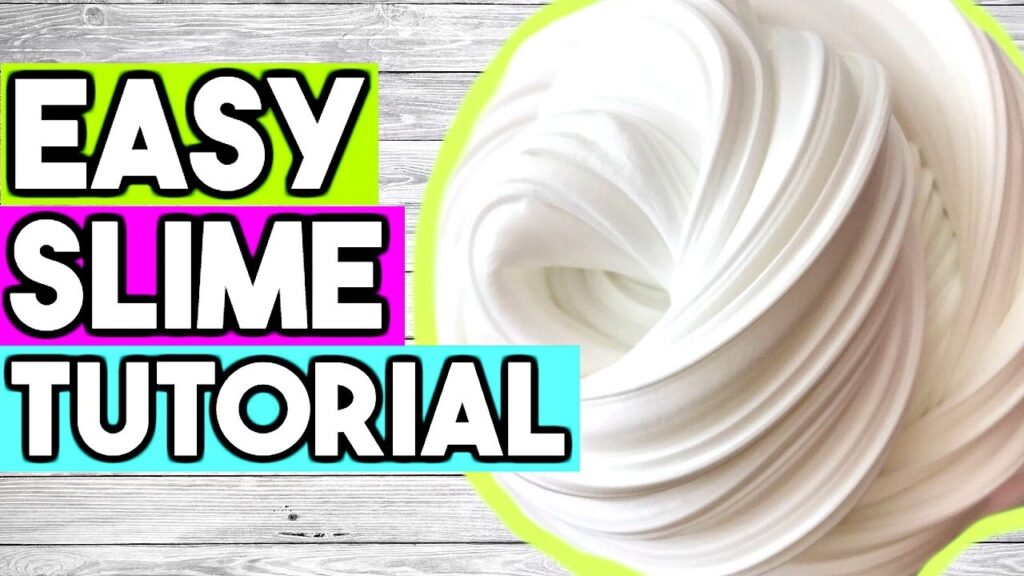
What is Slime?
Slime is a viscous and stretchy substance that is made primarily from a combination of glue, water, and a slime activator. It is known for its unique texture and the satisfying feeling it offers when played with. Slime can come in a variety of colors, scents, and textures, making it customizable to suit individual preferences and creative ideas.
Types of Slime
There are numerous types of slime available, each offering a different sensory experience. Here are some of the popular types of slime:
- Basic Slime: This is the most common type of slime and is made using glue, water, and a slime activator.
- Fluffy Slime: This type of slime has a lighter and airier texture compared to basic slime, giving it a fluffy appearance.
- Clear Slime: As the name suggests, this slime has a transparent and crystal-clear appearance.
- Butter Slime: Butter slime has a soft and spreadable consistency similar to butter, providing a unique tactile experience.
- Crunchy Slime: By adding various small objects like foam beads or plastic balls, you can create a slime that produces a satisfying crunching sound when played with.
Properties of Slime
Slime possesses several unique properties that make it so enjoyable to play with. Here are some key characteristics of slime:
- Viscosity: Slime has a high viscosity, which gives it its stretchy and gooey nature.
- Elasticity: Slime can be stretched and pulled without easily breaking, thanks to its elastic properties.
- Non-Newtonian Fluid: Slime behaves as a non-Newtonian fluid, meaning its flow characteristics change under different conditions, such as applying pressure or moving quickly.
Now that we understand what slime is, let’s move on to how you can make it yourself!
How to Make Slime
Making slime at home is a fun and creative activity that allows you to customize the colors, textures, and scents according to your preferences. Here is a step-by-step guide on how to make slime:
Gathering Ingredients
To make basic slime, you will need the following ingredients:
- 1 cup of clear or white school glue
- 1 cup of warm water
- Food coloring or liquid watercolors (optional)
- Slime activator (borax or liquid starch)
Choosing the Base
Before you begin, decide whether you want to use clear or white school glue as your base. Clear glue will result in translucent or transparent slime, while white glue will create opaque slime.
Mixing the Ingredients
- Start by pouring the glue into a mixing bowl.
- Add warm water to the glue and mix thoroughly until they are well combined.
- If desired, add a few drops of food coloring or liquid watercolors to the mixture and stir until the color is evenly distributed.
Adding Color and Glitter
If you want to add color and glitter to your slime, follow these steps:
- Sprinkle a small amount of glitter into the slime mixture and stir to distribute it evenly.
- If you want a more vibrant color, add a few more drops of food coloring or liquid watercolors and mix well.
Storing and Playing with Slime
Store the slime in an airtight container when not in use to prevent it from drying out. Slime can be played with by stretching, squishing, and molding it using your hands. Make sure to wash your hands thoroughly before and after playing with slime to maintain cleanliness.
Safety Precautions
While slime making is a fun activity, it is important to take certain safety precautions to ensure a safe and enjoyable experience. Here are some safety measures to keep in mind:
Avoiding Chemical Contact
- Avoid direct contact with any chemicals used in slime making, such as borax or liquid starch. If contact occurs, wash the affected area with water immediately.
- If you have sensitive skin or allergies, consider using alternative slime activators like contact lens solution or baking soda.
Supervising Children
Adult supervision is essential when children are making or playing with slime. Ensure that they do not ingest the slime or any of its ingredients. Remind them to wash their hands before and after play and discourage them from touching their faces or eyes while playing with slime.
Proper Disposal of Slime
Avoid disposing of slime in sinks or toilets as it can clog pipes. Instead, dispose of slime in the trash bin. If you have large quantities of slime, consider letting it dry out before disposing of it.
Benefits of Slime
Aside from being a fun activity, slime offers several benefits for individuals of all ages. Here are some advantages of playing with slime:
Sensory Play and Development
Playing with slime can help stimulate the senses, including touch and sight. The unique texture and visual appeal of slime provide sensory input that aids in sensory development and exploration.
Stress Relief
The act of manipulating and squishing slime can have a calming and stress-relieving effect on individuals. It can serve as a form of sensory therapy and provide a soothing experience during times of stress or anxiety.
Creativity and Imagination
Slime allows for endless possibilities and encourages creativity and imaginative play. It can be molded, shaped, and combined with other materials to create imaginative scenes or characters.
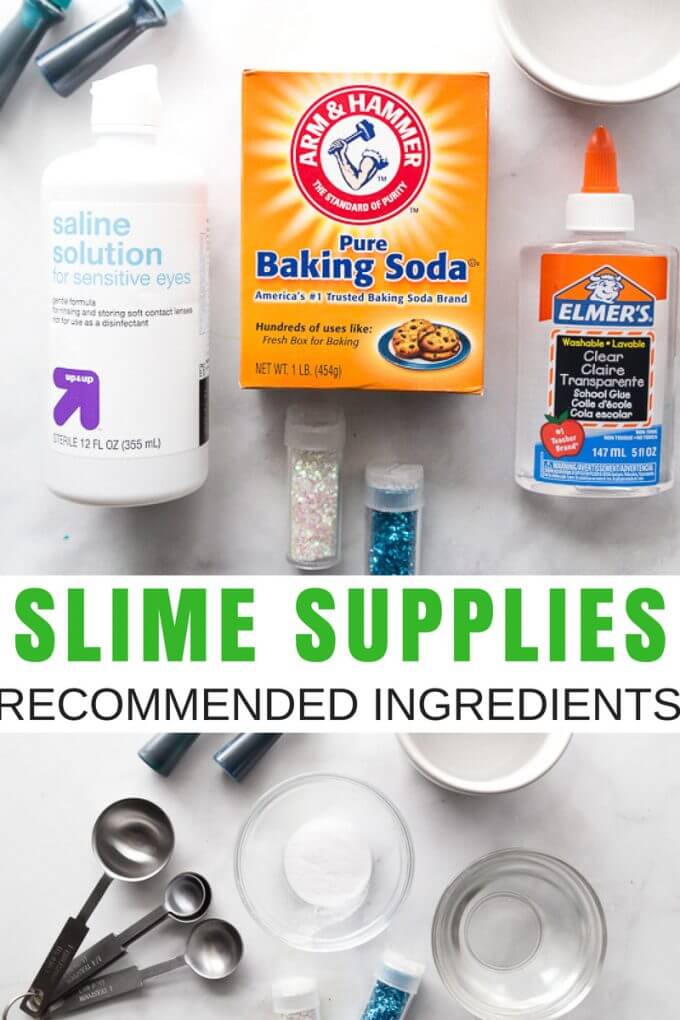
Alternative Slime Recipes
While basic slime is popular, there are various alternative recipes that offer distinct characteristics and experiences. Here are a few examples:
Edible Slime
For those concerned about the ingredients in traditional slime, edible slime offers a safe and tasty alternative. It can be made using ingredients like cornstarch, powdered sugar, and flavored gelatin.
Glow-in-the-Dark Slime
Adding glow-in-the-dark pigment to your slime can create a captivating and visually appealing effect. This type of slime can be made by incorporating glow powder or using glow-in-the-dark glue.
Butter Slime
Butter slime has a smooth and spreadable consistency, reminiscent of soft butter. It can be created by mixing clay with your basic slime recipe, giving it a unique texture and play experience.
Slime Troubleshooting
Sometimes, slime doesn’t turn out exactly as expected. Here are some common issues and their solutions:
Slime too Sticky
If your slime is too sticky, try adding a small amount of slime activator and kneading it thoroughly. If that doesn’t work, gradually add more activator until the desired consistency is achieved.
Slime too Hard
If your slime is too hard and not stretchy enough, add a few drops of warm water and knead it until the desired texture is attained.
Slime Losing its Stretchiness
If your slime becomes less stretchy over time, try adding a small amount of lotion or baby oil to restore its elasticity. Knead the slime until the lotion or oil is evenly distributed.
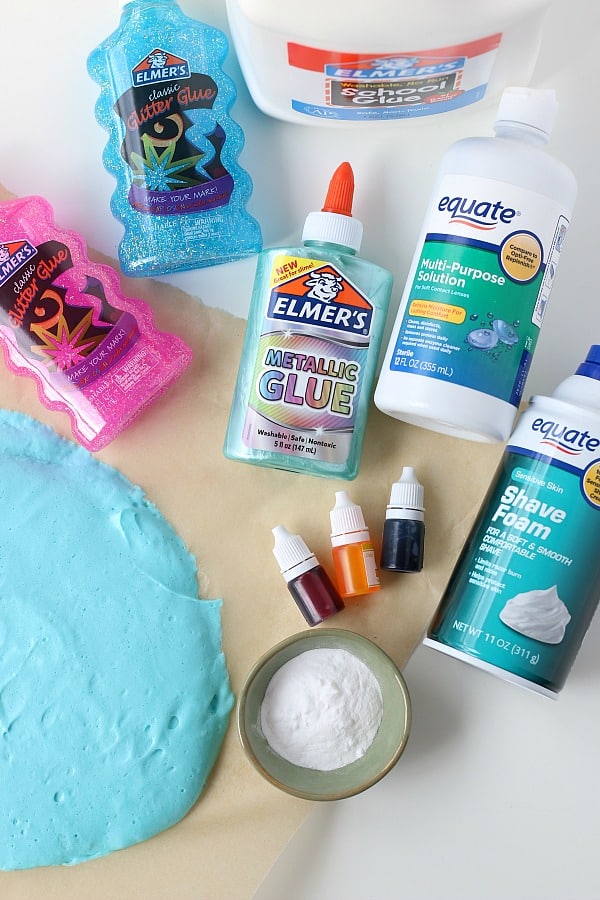
Frequently Asked Questions
Here are answers to some frequently asked questions about slime:
How long does slime last?
Properly stored slime can typically last for a few weeks to a few months. However, its lifespan may vary depending on the ingredients used and how it is cared for.
Can I add scents to slime?
Yes, you can add scents to slime by incorporating scented oils or extracts. Choose scents that are safe for skin and avoid using excessive amounts to prevent overpowering smells.
What if I accidentally ingest slime?
Although slime is generally considered non-toxic, it is not meant to be eaten. If ingested in small amounts, it is unlikely to cause harm. However, if you have concerns, consult a healthcare professional.
Slime Workshop Ideas
If you want to take your slime-making skills to the next level, consider organizing slime workshops. Here are some workshop ideas:
Slime Party for Kids
Host a slime-themed party for children where they can learn how to make different types of slime and experiment with various add-ins such as glitter, beads, or foam balls. Provide colorful ingredients and containers for them to take home their creations.
Slime Class for Adults
Offer a slime-making class for adults interested in exploring the world of slime. Provide unique add-ons and slime recipes to cater to different preferences. Focus on the therapeutic aspects of slime-making and the benefits it offers for stress relief.
DIY Slime Kits
Create DIY slime kits that include pre-measured ingredients, instructions, and a selection of add-ins. These kits can be sold or gifted to individuals who want to experience the joy of slime-making without the hassle of gathering all the ingredients themselves.
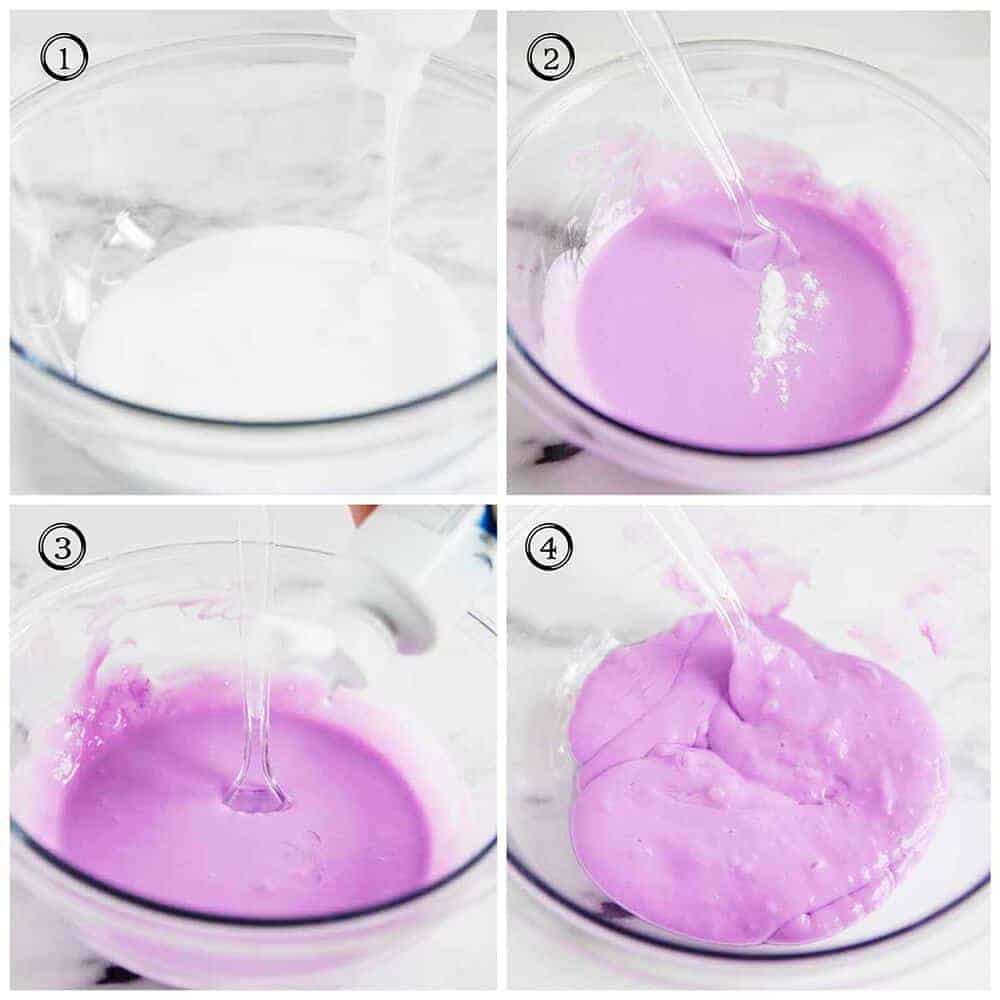
Slime in Pop Culture
Slime has made its way into various aspects of pop culture. Here are some examples:
Slime in Movies and TV Shows
Many movies and TV shows have featured slime as a key element. From iconic scenes in movies like “Ghostbusters” to Nickelodeon’s famous green slime on shows like “Double Dare,” slime has become a recognizable symbol of fun and entertainment.
Slime Influencers on Social Media
Social media platforms like Instagram and YouTube are home to numerous influencers who create and showcase slime content. These slime enthusiasts share recipes, demonstrations, and creative slime designs, attracting millions of followers who are equally passionate about slime.
Slime Merchandise
The popularity of slime has led to the creation of a wide range of merchandise including slime kits, slime accessories, and even slime-themed clothing. Slime has become a trendy collectible item, with new and unique slime products constantly hitting the market.
Conclusion
Slime is a versatile and entertaining substance that offers a wide range of benefits. Whether you’re making it for sensory play, stress relief, or creative expression, slime has something to offer for everyone. By following the steps to make slime and taking necessary safety precautions, you can enjoy the fun and excitement of this popular DIY activity. So go ahead, unleash your creativity, and dive into the world of slime!
